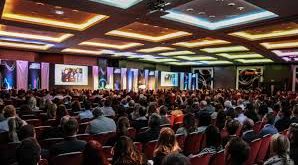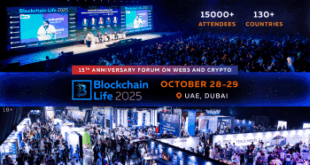India’s industry is gradually growing as consumers predict more animated content than ever. Not only have children’s demands for animation risen, but so have adult demands. Apart from the changing viewer profile, several technology and economic disruptions have impacted the sector. And the animation industry has adjusted to the new conditions, but it is still challenging to create high-quality material at reasonable cost.
An Animation workflow or pipeline is a system comprised of people, hardware, and software that operate in a specified sequential sequence to complete pre-determined tasks within a pre-determined time frame, resulting in an animation product or asset as the end output. It takes too long and costs too much money to create content from script to screen. Modellers, riggers, directors, editors, and a host of other professionals are involved throughout the whole process, from pre-production to post-production, to bring the project to life on screen.
It might be difficult to cut the production budget, regardless of the platform our animation project is aimed at. The entertainment value of a narrative is its core content. In the old pipeline, the storyline is first planned out by the producer on a storyboard stage, and then the various departments work in a uniform manner for several months to generate the finished version. Iteration becomes a very ineffective procedure if someone misinterprets the producer’s instructions, if the quality is subpar, or if a superior vision appears.
Real-time rendering is all about interaction. It implies that the pictures you see – generally in a video game, but also in augmented and virtual reality, as well as mobile applications – are produced quickly enough for a user to interact with or move around in the environment. Because complex pictures take longer to render, real-time rendering has never achieved the same level of fidelity as final renderers in VFX and animation programmes.
Unreal Engine’s modern levels of real-time rendering enable animators to quickly evaluate various ideas without incurring astronomical expenditures.Unreal Engine is a strong technology that provides numerous advantages to producers in the film and animation sectors, as is clear from this tale. The new pipeline had to be entirely constructed, but this effort greatly decreased the production’s total time and cost and allowed for the greatest decision-making. This will make it possible for content creators to take centre stage in the future and open the door for a market for original material.
Let see the benefits of the use of real-time workflows in animation is a game changer!
- Rendering in real-time to increase productivity
As animators, we’re constantly seeking for quicker, more effective ways to do tasks as well as tools that encourage experimentation and more creativity. Real-time rendering in Unreal Engine allowed the filmmakers to quickly convey modifications that sped up production from the pre-production through the post-production phases. The new Unreal Engine creates a 4K frame in under five seconds with ray tracing enabled, whereas the prior tool took at least 30 minutes each 2K resolution frame.
- Effective communication
Real-time feedback is given to all participants through the extensive real-time rendering of Unreal Engine, which spurs tremendous innovation. Its real-time rendering features enable remote collaboration for narrative review sessions in addition to providing immediate feedback on a sequence. This allowed them to make judgments on the set based on displays that displayed sequences with actor-driven characters that were seamlessly composited into the background. The director may rapidly provide instructions and make judgments while keeping an eye on the screen.
- Extending the limits of the artist
The artists were unable to focus on asset development due to a number of factors, including short deadlines and tight financial constraints. Houdini was utilised to procedurally model the straightforward but time-consuming props because no other artists were available that have expertise optimising assets with level of details in the gaming industry. They are able to work closely with motion capture actors, communicate acting instructions, see the finished product, and push their own boundaries without being constrained by their assigned positions.
- Reducing Cost
Epic has also put up a lot of free tools for learning how to animation with the engine, although mastering a new tool might be intimidating. It is feasible to produce with only half as many people. In the previous pipeline, similar to a relay race, the content source was transferred from the earlier stages and built using a single programme. The crew may examine the finished product and move beyond their limitations with Unreal Engine, as opposed to being constrained to their individual roles.
Due to the ability to see the finished pixels in real-time, the use of performance capture and virtual production technologies in Unreal Engine results in more realistic character motions and reduces production time. It allowed for the best decision-making and significantly cut down on both the production’s total time and expense. In the future, every studio will aim to shoot a piece from start to finish entirely with Unreal Engine.
(Hansa Mondal, COO, Ssoftoons)
 Newspatrolling.com News cum Content Syndication Portal Online
Newspatrolling.com News cum Content Syndication Portal Online






